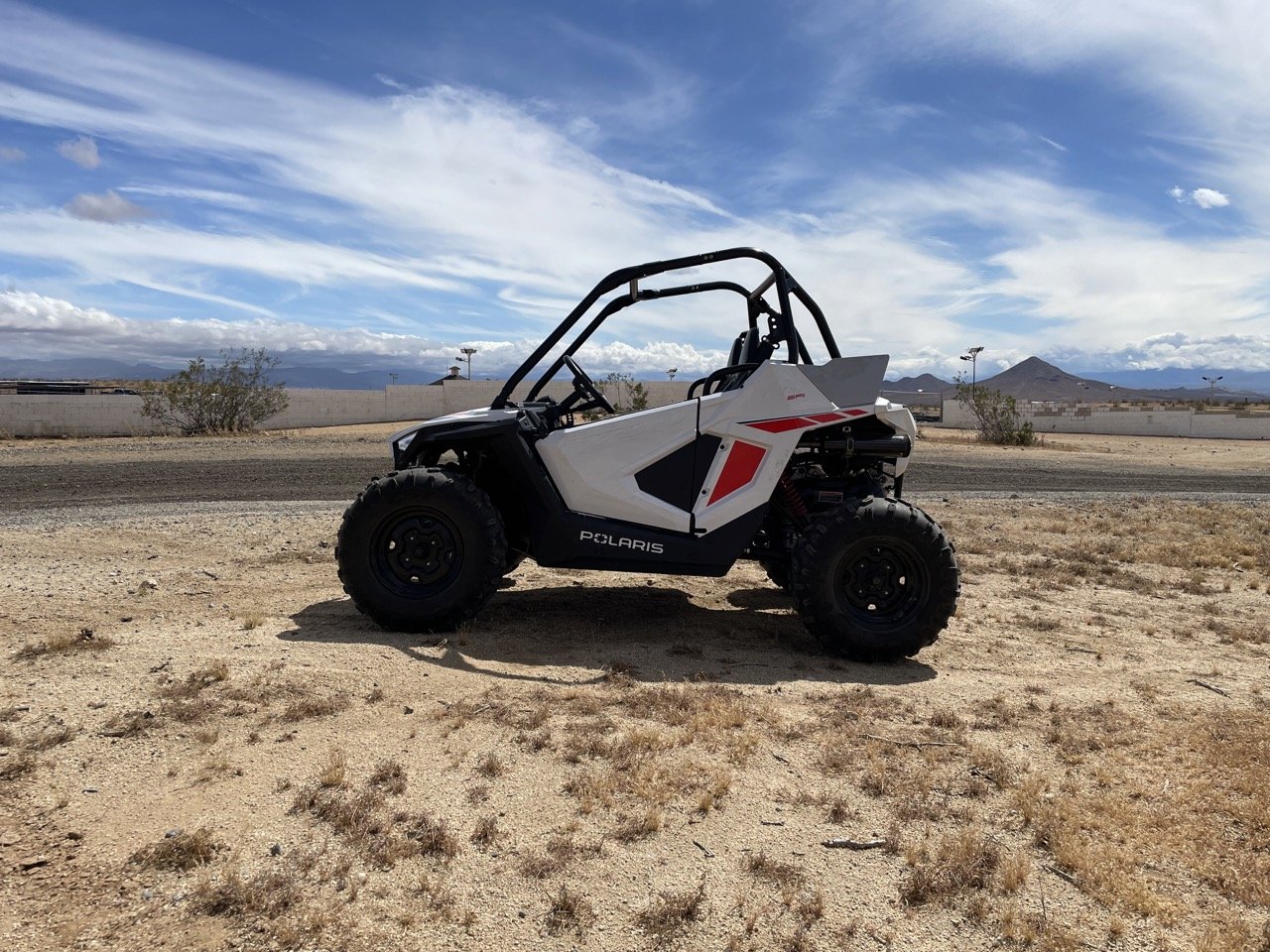As a professional automotive fabricator for over 20 years, We have installed numerous roll bars, roll cages, and race cages in different types of vehicles. These safety devices are crucial for preventing serious injuries or fatalities in the event of a crash or rollover. In todays blog, I will discuss the key factors that you should consider when installing a roll bar, roll cage, or race cage in your car.
Firstly, let's define what these safety devices are. A roll bar is a single bar that is installed behind the driver's seat and provides some protection in the event of a rollover. A roll cage is a series of interconnected bars that provide more comprehensive protection to the occupants of the vehicle. A race cage is a highly customized roll cage that is designed for use in competitive motorsports, and it typically provides the most comprehensive protection of the three.
Now, let's look at the differences between 4, 6, and 8-point cages. A 4-point cage has four connection points to the car's chassis: two behind the driver's seat and two rearwards usually around shock tower/frame area. A 6-point cage adds two additional connection points in front of the driver along side the A-pillars: one on each side of the driver's seat. An 8-point cage adds two more connection points to the car's chassis, typically located in the front footwell area. The more connection points a cage has, the more stable and rigid it will be, providing better protection in the event of a crash or rollover. However, more connection points also mean that installation will be more complicated and time-consuming.
When it comes to installation, you have two options: welding or bolting. Welding involves welding the cage directly to the car's chassis, which creates a very strong and rigid connection. This is the preferred method for race cages, as they need to withstand the extreme forces of high-speed racing. However, welding can be more expensive and time-consuming, and it also makes it difficult to remove the cage if you decide to sell the car or make other modifications.
Bolting, on the other hand, involves attaching the cage to the car's chassis using bolts and brackets. This is a quicker and less expensive method, and it also makes it easier to remove the cage if needed. However, it is not as strong or rigid as welding, and it may not be suitable for high-speed racing applications.
So, which option is best for you? It depends on your specific needs and usage of the car. If you are planning to use the car for competitive motorsports, a welded-in race cage is the way to go. If you are building a street car or a weekend warrior that will see occasional track use, a bolt-in roll cage or roll bar may be sufficient. The decision ultimately comes down to your budget, intended use of the car, and personal preference.
In summary, installing a roll bar, roll cage, or race cage in your car is an important safety consideration. The number of connection points, as well as the method of installation, will affect the strength and rigidity of the cage. Consider your specific needs and usage of the car before deciding on which option is best for you. As always, it is highly recommended to have a professional automotive fabricator handle the installation to ensure the highest level of safety and quality.

